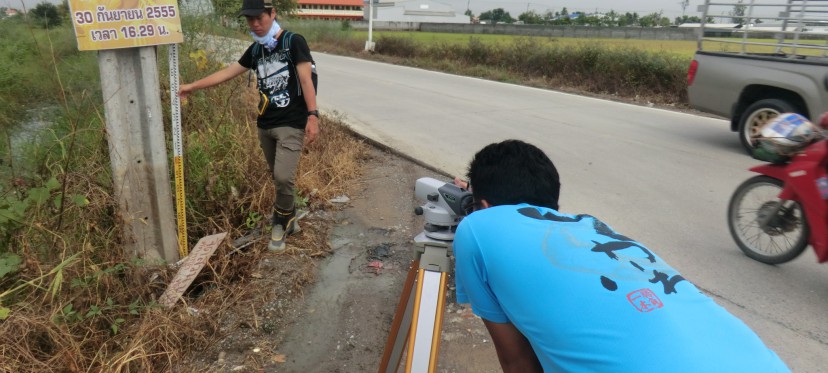Field-level adaptation to floods and sea level rise in coastal peri-urban areas in monsoon Asia



Many Asian large cities are located on alluvial lowlands. Before urbanization, such lowlands were mainly treated as wet rice cultivation. Cultivation patterns were influenced by hydro-geographical conditions, resulting wide range of agricultural land uses: from floating rice areas in continental delta to small-scale gravity irrigated rice fields in insular lowlands. Local people have adapted their daily life to such natural environments and tried to maximize its ecological services, thereby forming various agricultural landscapes. Although these landscapes have been transformed along with development of agricultural engineering as well as expansion of urban land uses, local inherent responses to environment changes are still recognizable in the current urbanization period. This research aims at extracting local people’s responses to recent flooding, which are derived from historical and cultural development processes of the past agricultural landscapes. This research may have useful implications to the future land-use planning in Asian coastal urban areas under global warming and sea level rise.